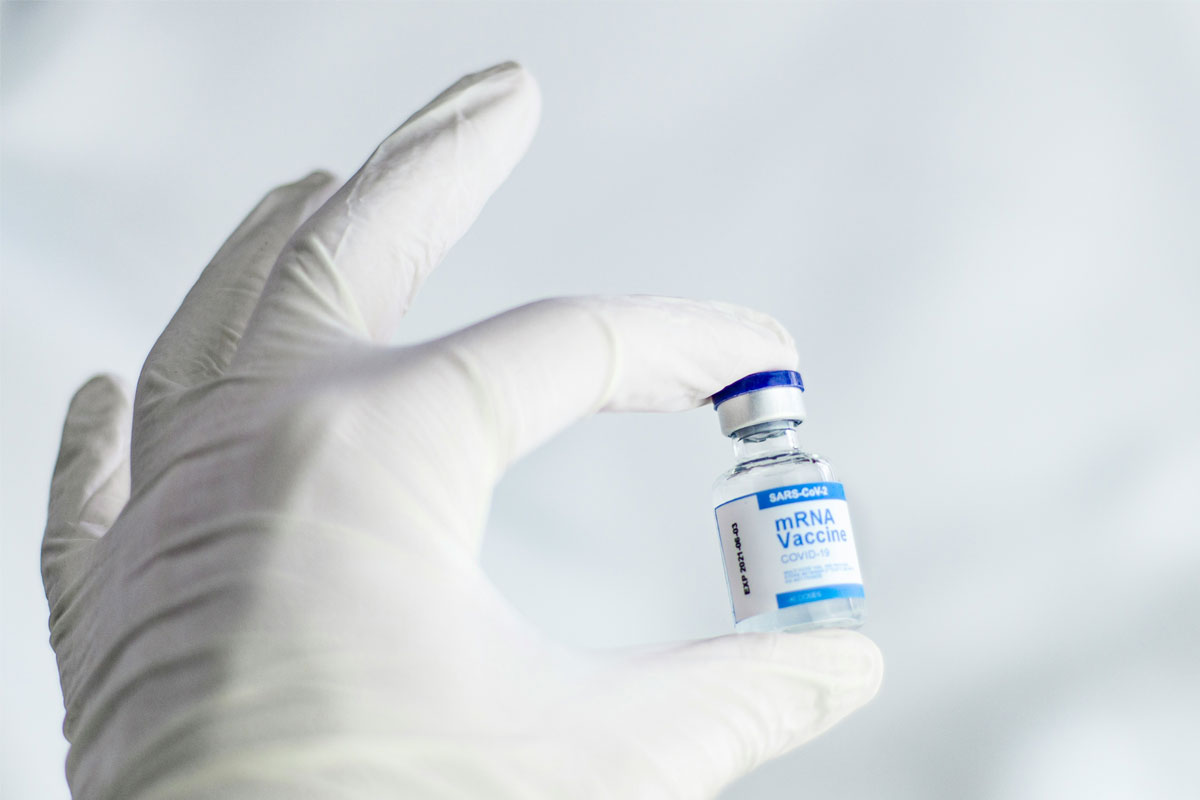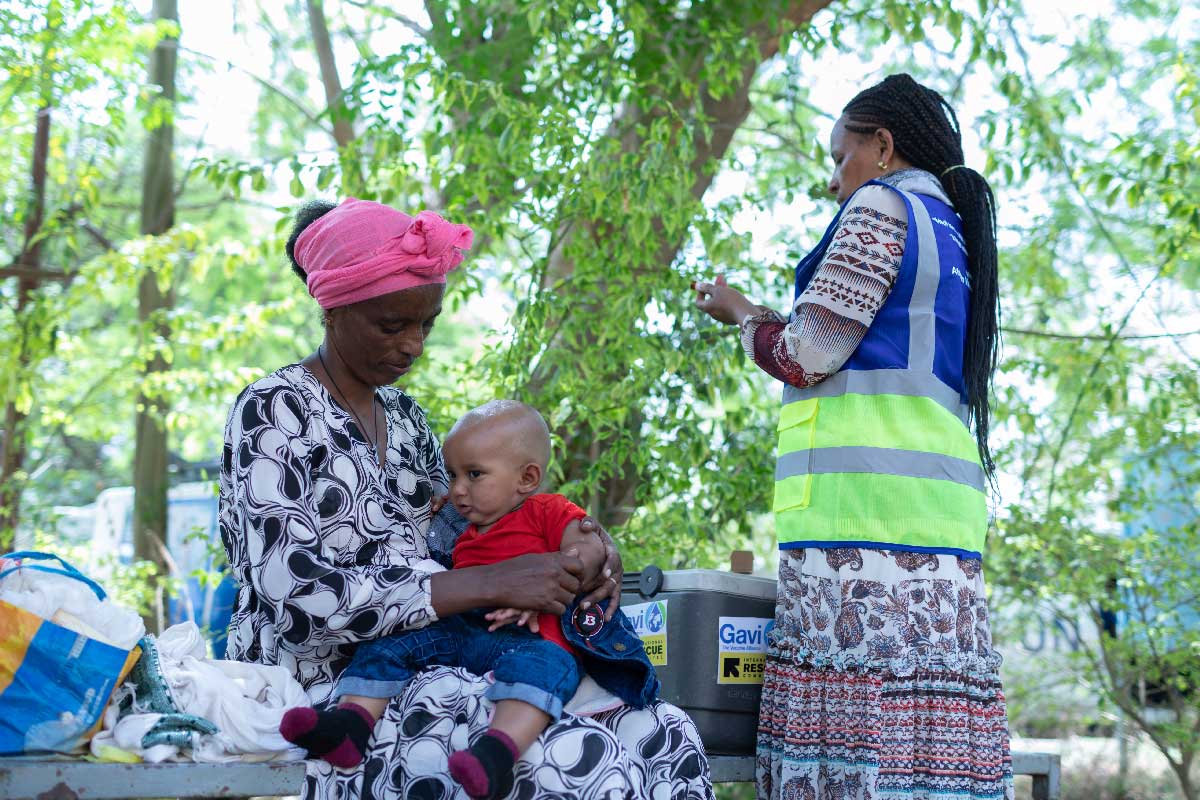Common bacterial infections becoming increasingly untreatable, WHO warns
Global report finds that antibiotic resistance is rising fastest where health systems are weakest, with one in six infections no longer responding to standard drugs.
- 21 November 2025
- 5 min read
- by Linda Geddes

Antibiotic resistance isn’t a distant, looming threat – it is already reshaping the way we treat everyday infections.
The World Health Organization’s latest global resistance report suggests that by 2023 one in six common bacterial infections had already slipped beyond the reach of many of the drugs designed to cure them.
Resistance is rising fastest in areas where health systems are weakest, creating pockets of vulnerability in which once-manageable infections are become stubborn, even deadly, foes.
How is antimicrobial resistance being monitored?
When antibiotics and other antimicrobial drugs are used unnecessarily or prescribed inappropriately, this increases the likelihood that bacteria will develop resistance to them.
To better understand the scale of this problem, WHO launched the Global Antimicrobial Resistance and Use Surveillance System (GLASS) in 2015.
Its latest report, published in October 2025, drew on more than 23 million laboratory-confirmed infections reported by 104 countries during 2023.
Antibiotic resistance [...] is not only widespread but continues to rise and varies dramatically from one part of the world to another.
Using statistical modelling, WHO estimated resistance to 22 antibiotics across eight priority bacterial pathogens responsible for bloodstream, gastrointestinal and urinary tract infections, plus the sexually transmitted infection gonorrhoea, building a reliable picture of resistance at national, regional and global levels.
It found that antibiotic resistance, particularly among gram-negative bacteria – a group with tough, protective outer shells that make them harder to kill with antibiotics – is not only widespread but continues to rise and varies dramatically from one part of the world to another.
Which countries are most affected by AMR?
The report found that the burden of antimicrobial resistance is highest in low- and middle-income countries where diagnostic capacity, surveillance coverage and access to effective antibiotics are limited.
This combination creates a “syndemic” of resistance and weak health systems that hits vulnerable populations hardest, it said.
Southeast Asia and the Eastern Mediterranean recorded the highest levels of drug resistance, with around three in ten infections no longer responding to standard treatments.
The African region followed with roughly one in five, while Europe and the Western Pacific saw resistance in about one in ten laboratory-confirmed infections. The Region of the Americas sat somewhere in the middle.
Some infections were more likely to harbour resistance than others. Urinary tract infections topped the list, with about one in three proving difficult to treat.
Bloodstream infections came next, followed by gastrointestinal infections.
Gonorrhoea – although a major concern because it is evolving resistance to the last remaining effective antibiotics – still showed relatively low levels of resistance in most places.
Which resistant bacteria pose the greatest threat?
According to the report, several drug-resistant bacteria pose a particularly pressing threat because they are either widespread, increasingly untreatable, or both.
Drug-resistant Klebsiella pneumoniae is among the most worrying. It causes severe infections in hospitals – particularly in intensive care units, neonatal wards and surgical settings – and often shrugs off even carbapenems, antibiotics reserved for the sickest patients.
In some regions, more than four in ten bloodstream infections caused by Klebsiella are now resistant to these last-line drugs.
Carbapenem-resistant Acinetobacter is another major concern.
Southeast Asia and the Eastern Mediterranean recorded the highest levels of drug resistance, with around three in ten infections no longer responding to standard treatments.
This bacterium thrives in hospital environments and can survive on surfaces, making it a frequent cause of ventilator-associated pneumonia and bloodstream infections.
Globally, more than half of Acinetobacter infections were resistant to carbapenems, the report found.
More familiar foes like Escherichia coli – a common cause of urinary tract and bloodstream infections – are also becoming harder to treat.
Nearly half of E. coli bloodstream infections worldwide were resistant to third-generation cephalosporins – drugs that were once dependable first-line treatments. Carbapenem resistance in E. coli remains low but is rising fast.
Meanwhile, methicillin-resistant Staphylococcus aureus (MRSA) continues to pose a major challenge, particularly in parts of the Eastern Mediterranean, where more than half of S. aureus bloodstream infections are resistant to this drug.
Have you read?
How can we respond to the threat of AMR?
The report set out a series of concrete steps for how countries and the global health community can respond.
A recurring theme was the need to strengthen surveillance. The report urged countries to widen and improve their monitoring networks to capture a fuller, more representative picture of resistance – including embedding surveillance into routine clinical care, improving the quality and completeness of data submitted to GLASS, and ensuring it is shared quickly enough to guide action.
Expanding access to high-quality diagnostics is another priority. Many countries still lack even the basic laboratory infrastructure needed to detect resistant infections, let alone track how they are spreading.
Without reliable bacteriology and fungal testing, clinicians are forced to treat infections blindly, fuelling further resistance.
On the treatment side, WHO called for a major shift in how antibiotics are used.
By 2030, at least 70% of antibiotics prescribed should come from the safer “Access” group, with far less reliance on broad-spectrum “Watch” antibiotics that accelerate the march of resistance when overused, it said.
Where multidrug resistance has already taken hold, countries also need secure, affordable access to last-resort drugs – but with tight stewardship to avoid squandering their effectiveness.
Improved infection prevention and control are also vital, from better hand hygiene and safer hospital practices to strengthening water, sanitation and vaccination programmes that prevent infections from taking hold in the first place.
Investment in research and development of new antibiotics and diagnostics will also be essential to keep pace with rapidly evolving pathogens, the report said.
Finally, because resistance hits hardest where health systems are weakest, the report urged countries to bolster universal health coverage, expand social protection and build more resilient services overall – so that the communities most vulnerable to drug-resistant infections are less exposed.
More from Linda Geddes
Recommended for you








